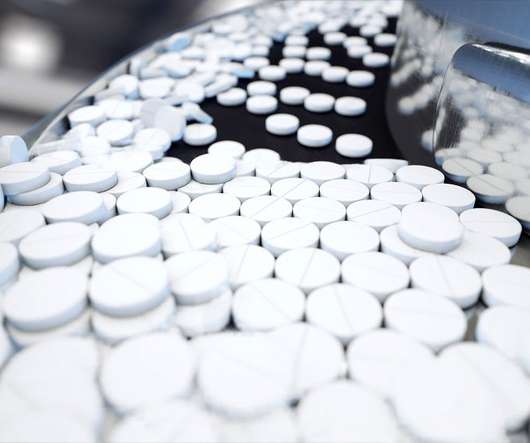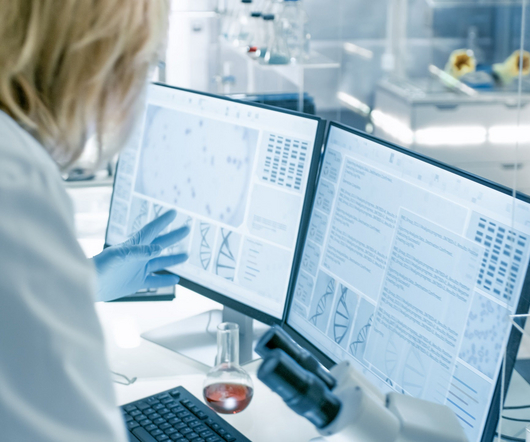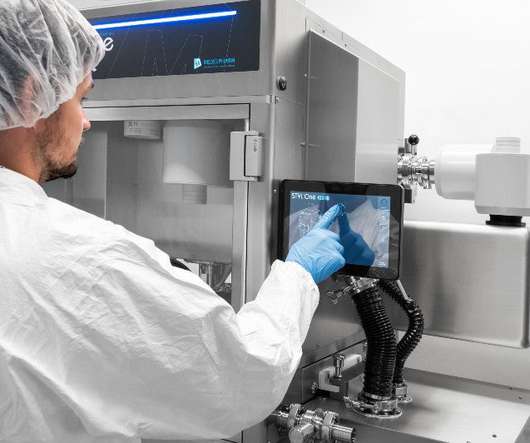Building CO2-neutral, defossilised supply chains for chemicals
European Pharmaceutical Review
DECEMBER 21, 2022
2 However, most of these efforts relating to catalysis, 3 process waste metrics, 4 lifecycle assessments, 5 pharmaceuticals in the environment 6 and the phase out of substances of concern 7 mainly mitigate the consequences of pharmaceutical manufacturing. Defossilization of pharmaceutical manufacturing. 199‒208.












Let's personalize your content